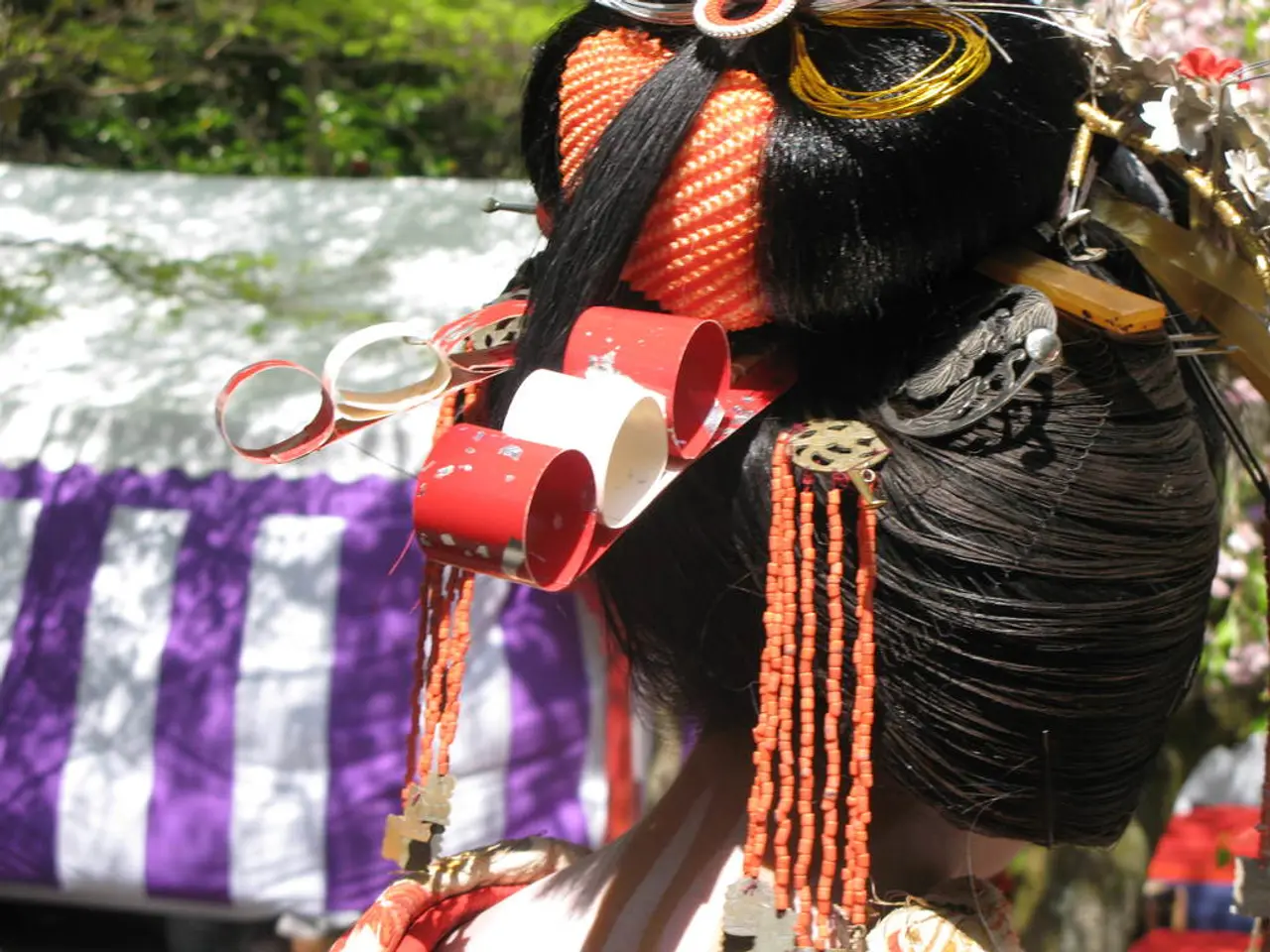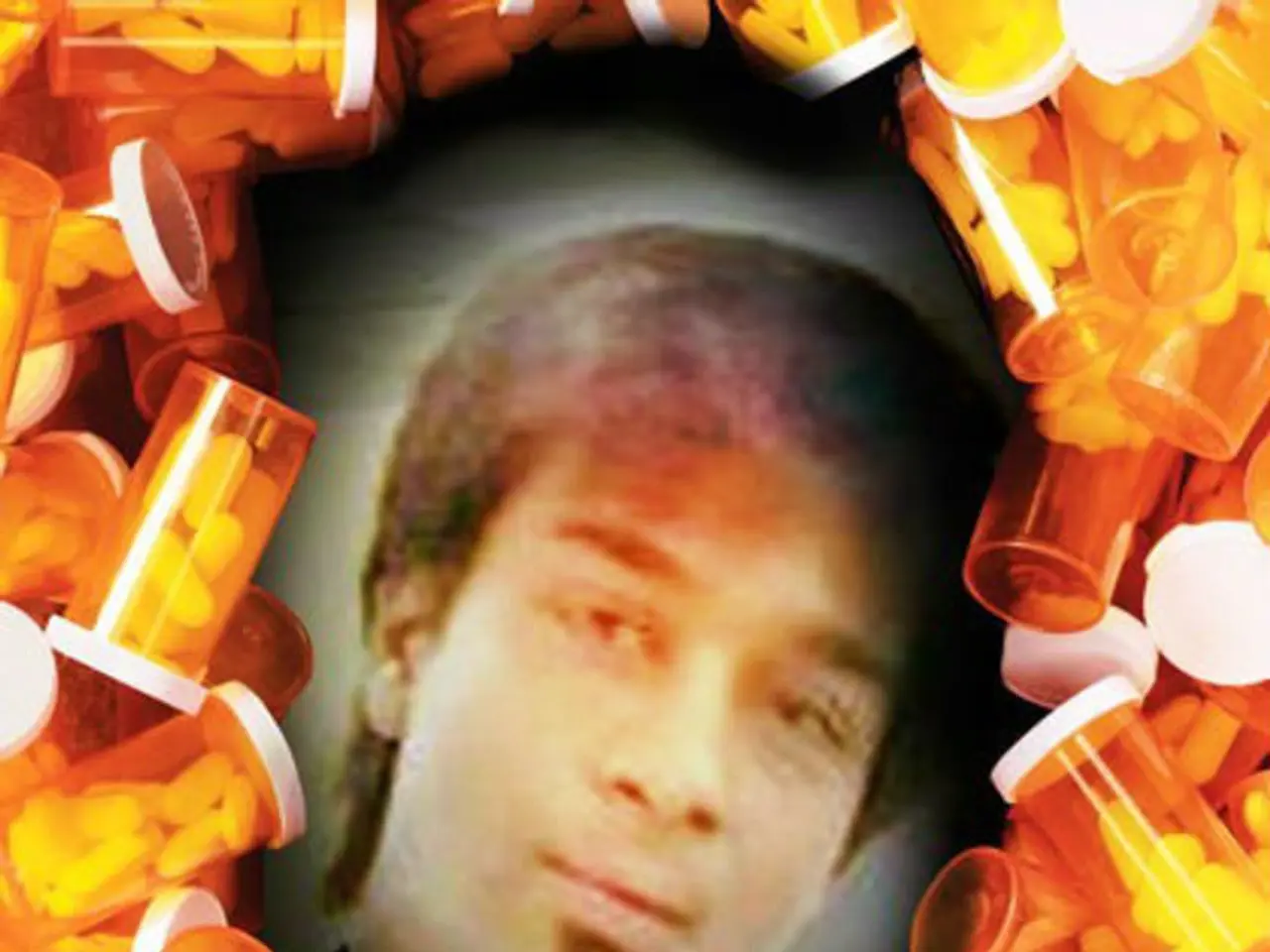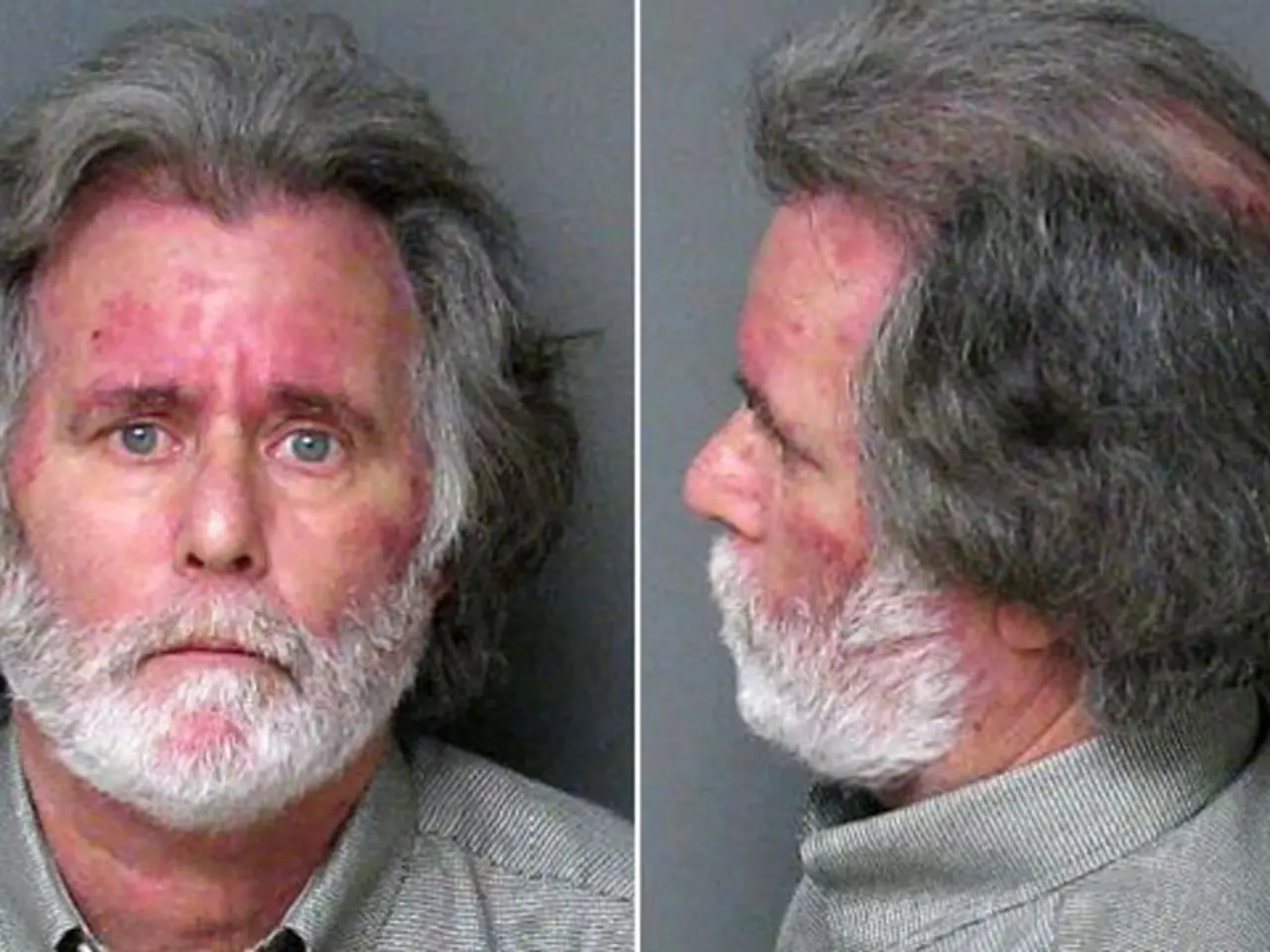Uncontrollable Dancing Epidemic: The 1518 Dancing Plague Incident
In the summer of 1518, the city of Strasbourg within the Holy Roman Empire was the centre of a strange episode in European history. The Dancing Plague, as it came to be known, began with a woman named Frau Troffea dancing uncontrollably in the streets. As days passed, dozens of townsfolk joined her, and by August, over 400 residents were affected.
Strasbourg was experiencing crop failures, famine, and epidemics, leaving the populace physically weak, emotionally strained, and highly suggestible. In times of crisis, people often seek meaning and expression in ways that defy logic but remain deeply rooted in their cultural and emotional landscape. The contemporary explanation for the Dancing Plague, according to historian John Waller, is that it was a case of mass hysteria caused by extreme stress.
Waller's theory contrasts with other ideas such as ergot poisoning from contaminated bread, but he emphasizes the psychological and social origins of the event. The dancers appeared to be in a trance, moving erratically with vacant expressions, which aligns with symptoms of mass psychogenic illness rather than toxic poisoning. The authorities initially encouraged dancing to "cure" the affliction but later banned public dancing and ordered the dancers to be taken to a religious shrine, indicating an attempt to address what was perceived as a social and spiritual crisis rather than a medical one.
In early 16th-century Europe, religious turmoil was on the rise, with the Protestant Reformation just around the corner. The idea of St. Vitus's curse offered a convenient story for people to voice their distress during the Dancing Plague. Sociologist Robert Bartholomew suggests that the dancers might have been influenced by sectarian religious movements, particularly those on the fringes of orthodox Catholicism.
Sebastian Brant, a native of Strasbourg, viewed unrestrained dancing as a symbol of society's moral decline and believed it was inspired more by Satan than by God. Paracelsus, a groundbreaking Swiss physician, suggested that certain physical "laughing veins" could create sensations that compelled people to dance, marking a significant step toward a more naturalistic and empirical way of inquiry.
The Strasbourg city council sought advice from medical experts, who diagnosed the dancers as suffering from "hot blood," a supposed physiological imbalance. A shrine to St. Vitus was built as one of the final efforts to stop the epidemic, suggesting that spiritual solutions lingered in the public's mind longer than medical ones. City officials built stages and hired professional dancers and musicians to support the victims, hoping that music could help alleviate the strange condition.
The Dancing Plague was not limited to Strasbourg; it was reported several times across medieval and early modern Europe. The true cause of the Dancing Plague of 1518 remains a mystery, lying at the intersection of medical anomalies, psychological trauma, and cultural beliefs.
The story of Strasbourg's dancing plague is often met with incredulity or dark amusement, but beneath its sensational surface lies a profound lesson about the human condition. Historian John Waller argues that the Strasbourg case was a clear example of mass psychogenic illness, or mass hysteria. The Dancing Plague of 1518 serves as a mirror for modern society's own responses to collective trauma and uncertainty.
- In the context of the contemporary explanation, historian John Waller suggested that the Dancing Plague in Strasbourg was a case of mass hysteria caused by extreme stress.
- The symptoms of the dancers, moving erratically with vacant expressions, align with symptoms of mass psychogenic illness rather than toxic poisoning, according to Waller.
- Sociologist Robert Bartholomew proposed that the dancers might have been influenced by sectarian religious movements during the early 16th-century religious turmoil in Europe.
- The authorities' initial approach to addressing the Dancing Plague in Strasbourg was to attempt to address the social and spiritual crisis rather than a medical one, as indicated by their attempts to take the dancers to a religious shrine.




